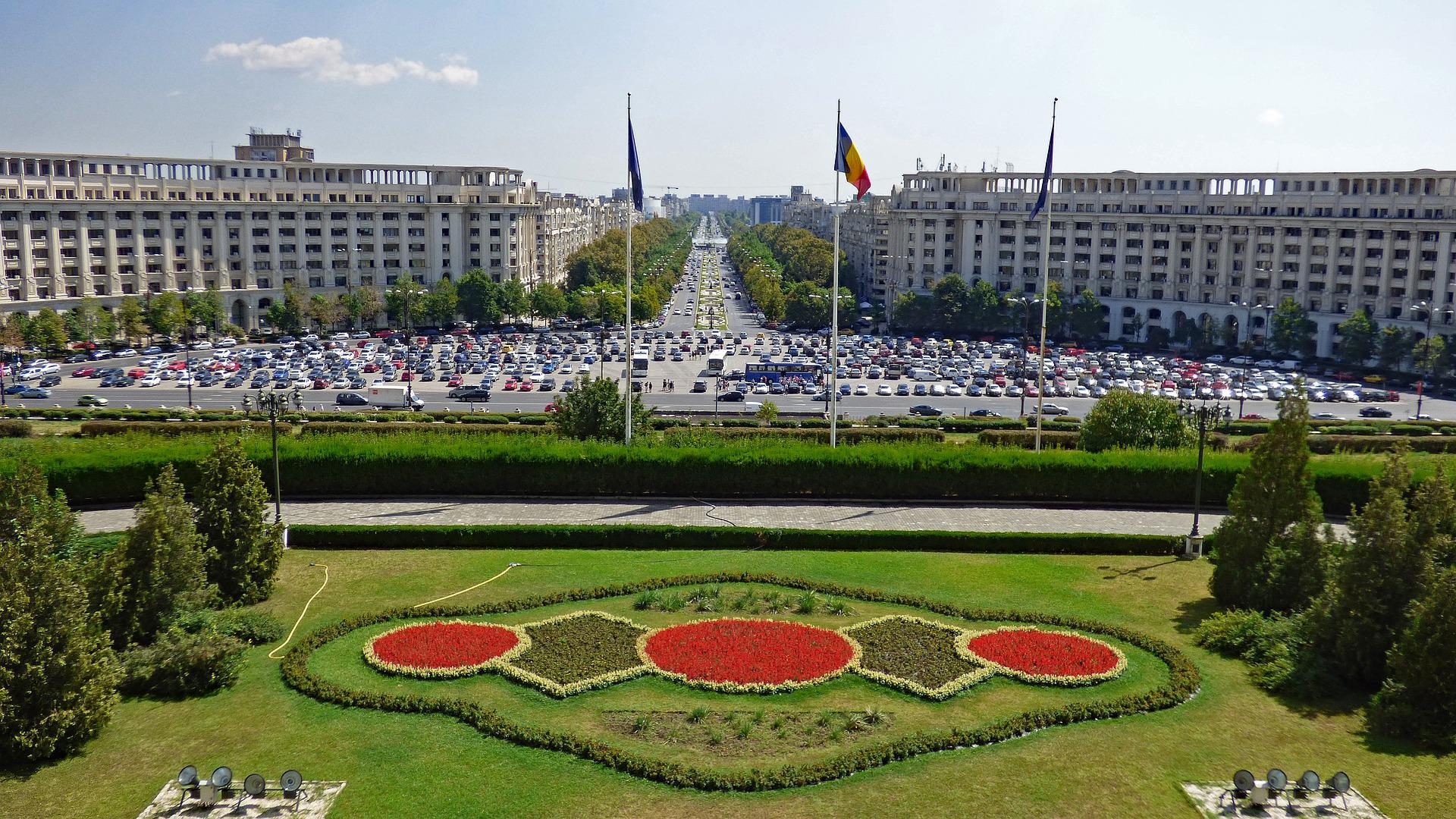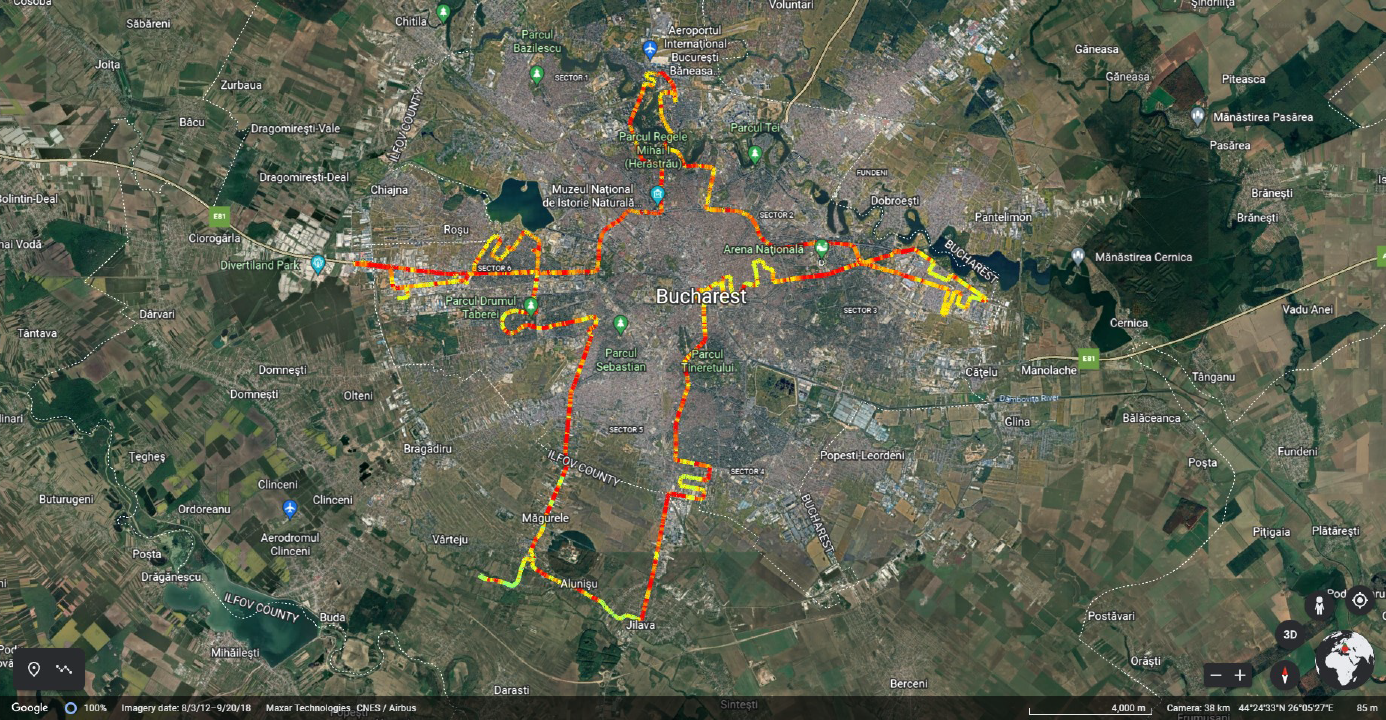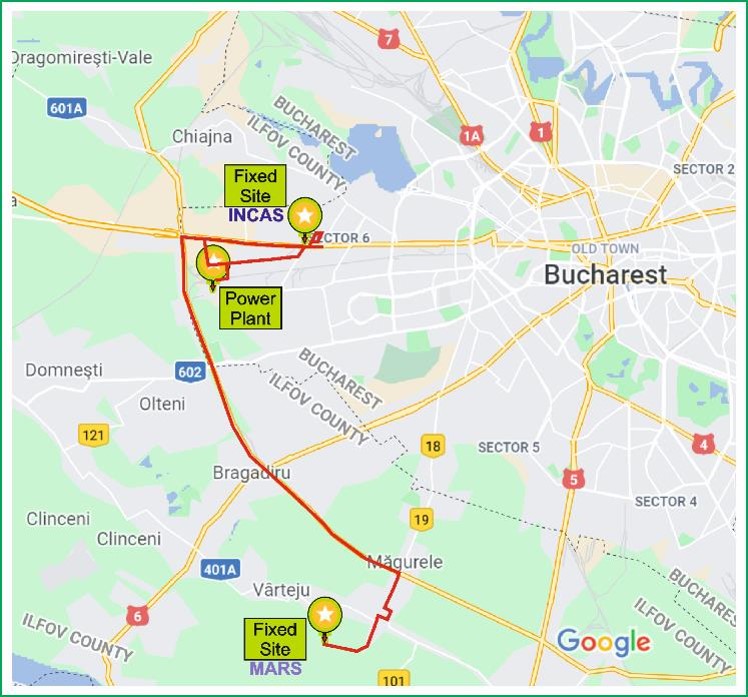
RI-URBANS’ pilots start in Bucharest to obtain urban fine scale mapping and pollution hotsposts
- The measurements will map the variability and distribution of pollutants across the city and will assess the contribution of pollution hotspots, such as power plants and heavy road traffic.
- The campaign will be running until mid-June, extending the tasks in winter 2022-2023 based on other work packages’ requirements.
The Bucharest campaigns, led by researchers from the National Institute for Research and Development for Optoelectronics (INOE), Bucharest, Romania, have just started to implement tasks from RI-URBANS’ pilots 3 and 5.
RI-URBANS’ pilot 3 focuses on mapping the variability and distribution of nanoparticles and other pollutants in the city. Not only the assessment takes into consideration a few fixed sampling sites, but also the horizontal and vertical variability across the city.
Within the Bucharest campaign, a mobile platform is taking measures of ultrafine particles, PM1, PM2.5, and PM10 concentrations on a predefined route, from 8:30h-16:00h (including rushing hours), one day per week, if weather permits. More intensive measurements (every day) are planned for 23 May to 13 June.

Ultrafine particle concentration (raw data) measured in May, 4. 2022. | Image source: Doina Nicolae (INOE)
RI-URBANS’ pilot 5 addresses the nanoparticle contributions from urban hotspots: roadsides, airports, industry, and harbours.
In the Bucharest campaigns, hotspot monitoring includes two fixed sites (MARS -Măgurele Center for Atmosphere and Radiation Studies- and INCAS, next to the Bucharest Heating Power Plant) and one mobile platform to perform intensive fine scale mapping.

Pollution hotspots in Bucharest assessed during the RI-URBANS’ pilot 5 campaign. | Image source: INOE
Read more about RI-URBAN’S pilot studies following this link.
